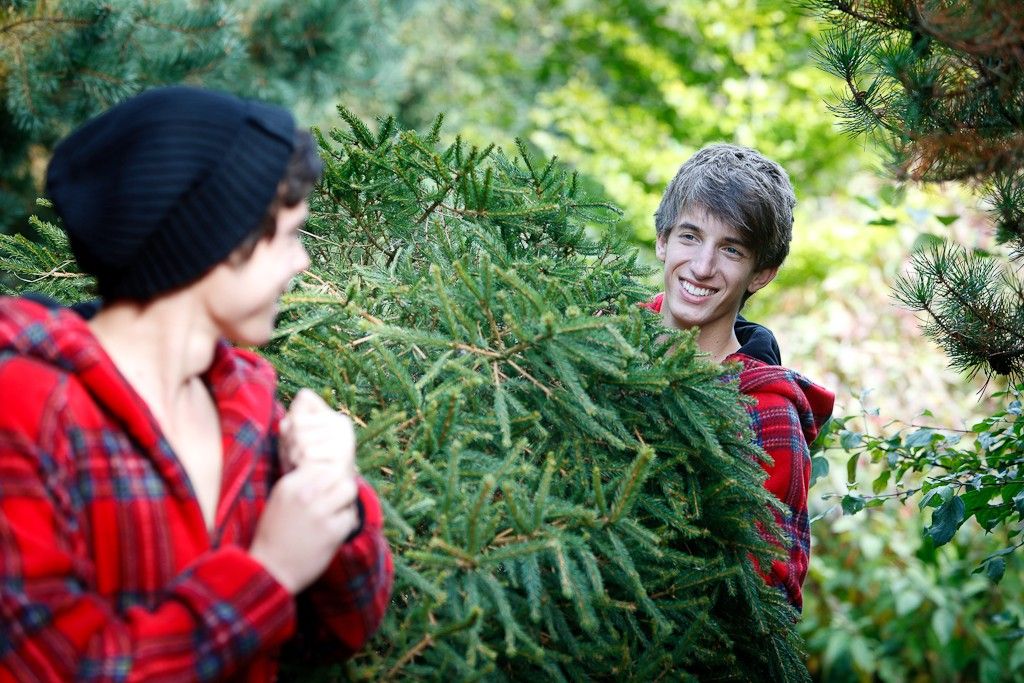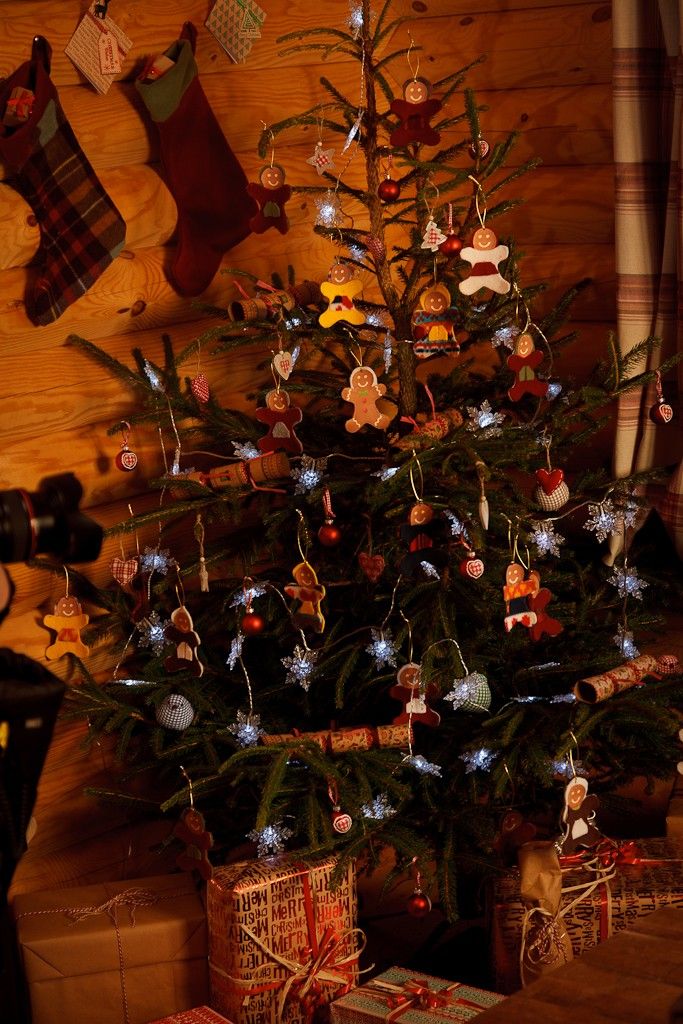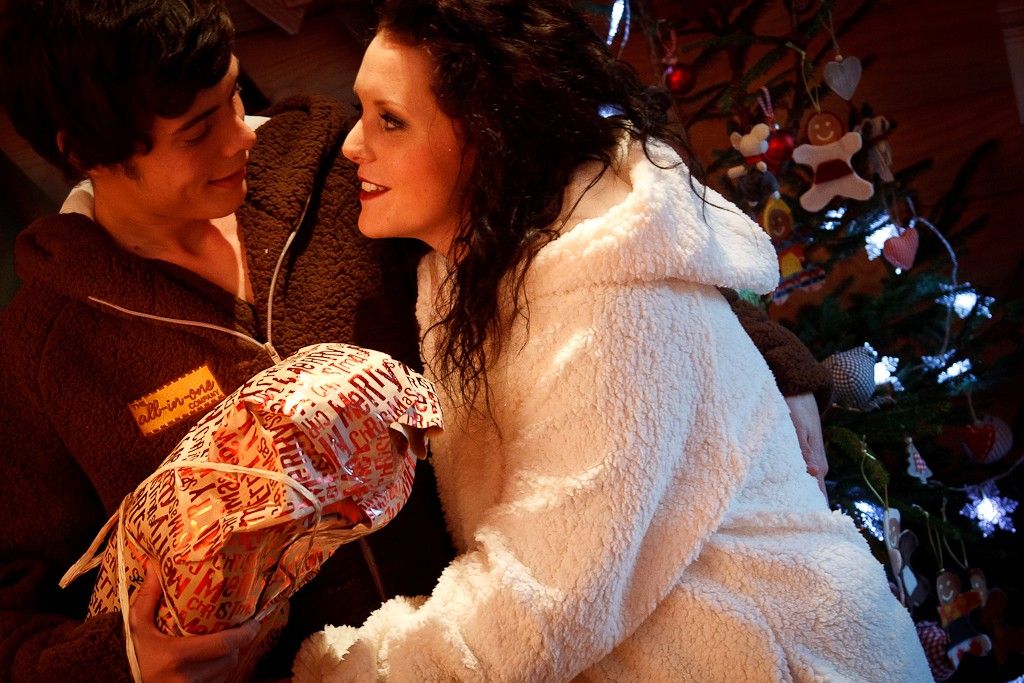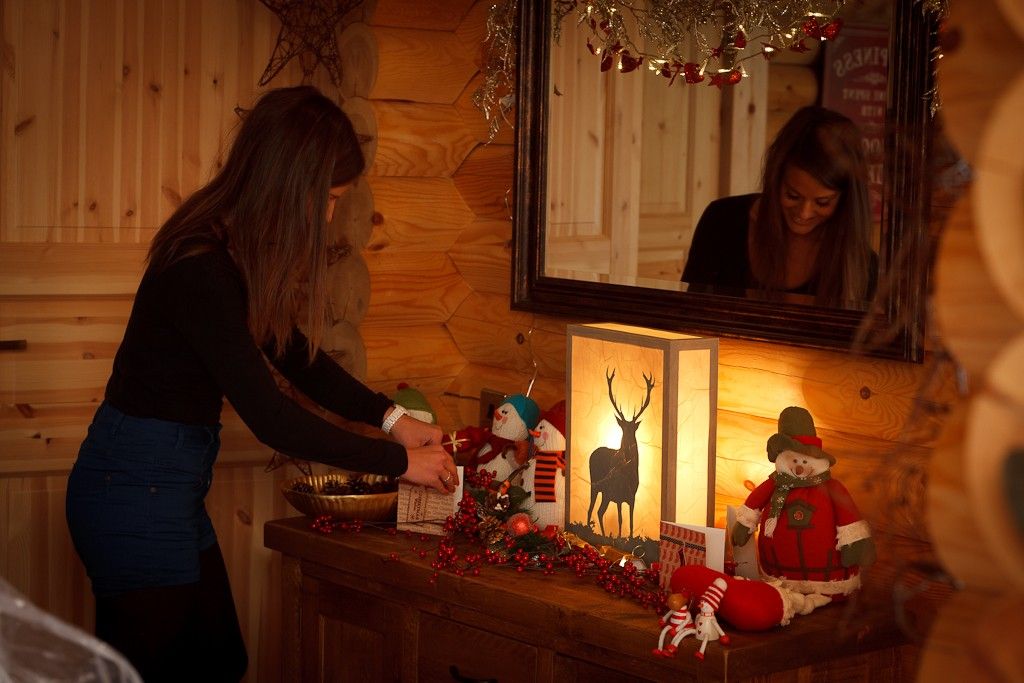Christmas Traditions
Posted on: 19/12/2015
Christmas Traditions
 Every one has their own family traditions when it comes to Christmas. Maybe it's getting a new pair of pyjama's to wear on Christmas eve, perhaps it's watching a christmassy film with the family on the night before Christmas. It's the small things that make each family's Christmas unique to them, such as piling up all the presents under the tree, or setting them out so each family member has their own little present pile.
Since every family is different, we thought we'd talk about the Christmas traditions that most of us are familiar with;
Every one has their own family traditions when it comes to Christmas. Maybe it's getting a new pair of pyjama's to wear on Christmas eve, perhaps it's watching a christmassy film with the family on the night before Christmas. It's the small things that make each family's Christmas unique to them, such as piling up all the presents under the tree, or setting them out so each family member has their own little present pile.
Since every family is different, we thought we'd talk about the Christmas traditions that most of us are familiar with;
 Christmas Tree
Often, trees were brought indoors and decorated to ensure a good crop for the coming year.
The modern Christmas tree was likely born in the 8th century, when St. Boniface was converting the Germanic tribes. The tribes worshipped oak trees, decorating them for the winter solstice. St. Boniface cut down an enormous oak tree, that was central to the worship of a particular tribe, but a fir tree grew in its place. The evergreen was offered as a symbol of Christianity, which the newly converted Germans began decorating for Christmas.
Prince Albert, who was German, introduced the Christmas tree to England after his marriage to Queen Victoria in 1840. German immigrants to Pennsylvania brought Christmas trees to America.
Christmas Tree
Often, trees were brought indoors and decorated to ensure a good crop for the coming year.
The modern Christmas tree was likely born in the 8th century, when St. Boniface was converting the Germanic tribes. The tribes worshipped oak trees, decorating them for the winter solstice. St. Boniface cut down an enormous oak tree, that was central to the worship of a particular tribe, but a fir tree grew in its place. The evergreen was offered as a symbol of Christianity, which the newly converted Germans began decorating for Christmas.
Prince Albert, who was German, introduced the Christmas tree to England after his marriage to Queen Victoria in 1840. German immigrants to Pennsylvania brought Christmas trees to America.
 Mistletoe
The Druids believed mistletoe fell from heaven and grew onto a tree that sprang from Earth. A kiss under mistletoe symbolized acceptance and reconciliation.
Mistletoe
The Druids believed mistletoe fell from heaven and grew onto a tree that sprang from Earth. A kiss under mistletoe symbolized acceptance and reconciliation.
 Christmas Cards
The custom of sending Christmas cards started in Victorian England. Earlier, some adults had written Christmas letters. But letters took time to write.
In 1843, British businessman Sir Henry Cole asked artist John Calcott Horsley to print some Christmas cards. One thousand cards were printed in black and white and then colored by hand. The cards, which depicted a happy family raising a toast to the recipient, were criticized for promoting drunkenness. In 1851 Richard Pease, a variety store owner, commissioned the first printed Christmas card in the U.S.
London printers Charles Goodall & Sons became the first to mass-produce Christmas cards. In 1862 they created cards saying “A Merry Christmas.” Later, they designed cards with various designs, including robins, holly, mangers, snowmen, and even Little Red Riding Hood.
Christmas Cards
The custom of sending Christmas cards started in Victorian England. Earlier, some adults had written Christmas letters. But letters took time to write.
In 1843, British businessman Sir Henry Cole asked artist John Calcott Horsley to print some Christmas cards. One thousand cards were printed in black and white and then colored by hand. The cards, which depicted a happy family raising a toast to the recipient, were criticized for promoting drunkenness. In 1851 Richard Pease, a variety store owner, commissioned the first printed Christmas card in the U.S.
London printers Charles Goodall & Sons became the first to mass-produce Christmas cards. In 1862 they created cards saying “A Merry Christmas.” Later, they designed cards with various designs, including robins, holly, mangers, snowmen, and even Little Red Riding Hood.
 Santa Claus
Patron saint of children and sailors, Saint Nicholas was a 4th-century bishop from Asia Minor. He was famous for giving gifts to children. His feast day, December 6, became a children's holiday in Holland, where he is known as Sint Nikolaas. English colonists in New York called him “Santa Claus” because they couldn't pronounce the Dutch name. The English began celebrating the feast day on 25th December, which we know as Christmas Day.
Kriss Kringle, another name for Santa Claus, developed in Germany around 1600. German Protestants recognized December 25, the birth of the Christ child, Christkindl, as the time to give gifts. “Christkindl” evolved into “Kriss Kringle.”
In the Netherlands and Germany, the Santa Claus figure often rode through the sky on a horse to deliver presents to children. He often wore a bishop's robes and was sometimes accompanied by Black Peter, an elf who whipped naughty children.
In addition to the tradition of Saint Nicholas, the three Wise Men gave gifts to the baby Jesus, starting the Christmas gift tradition.
We'd love to hear about your family traditions! What do you do that makes Christmas extra special for you?
We love waking up on Christmas morning and opening on our presents in our onesies!
Santa Claus
Patron saint of children and sailors, Saint Nicholas was a 4th-century bishop from Asia Minor. He was famous for giving gifts to children. His feast day, December 6, became a children's holiday in Holland, where he is known as Sint Nikolaas. English colonists in New York called him “Santa Claus” because they couldn't pronounce the Dutch name. The English began celebrating the feast day on 25th December, which we know as Christmas Day.
Kriss Kringle, another name for Santa Claus, developed in Germany around 1600. German Protestants recognized December 25, the birth of the Christ child, Christkindl, as the time to give gifts. “Christkindl” evolved into “Kriss Kringle.”
In the Netherlands and Germany, the Santa Claus figure often rode through the sky on a horse to deliver presents to children. He often wore a bishop's robes and was sometimes accompanied by Black Peter, an elf who whipped naughty children.
In addition to the tradition of Saint Nicholas, the three Wise Men gave gifts to the baby Jesus, starting the Christmas gift tradition.
We'd love to hear about your family traditions! What do you do that makes Christmas extra special for you?
We love waking up on Christmas morning and opening on our presents in our onesies!